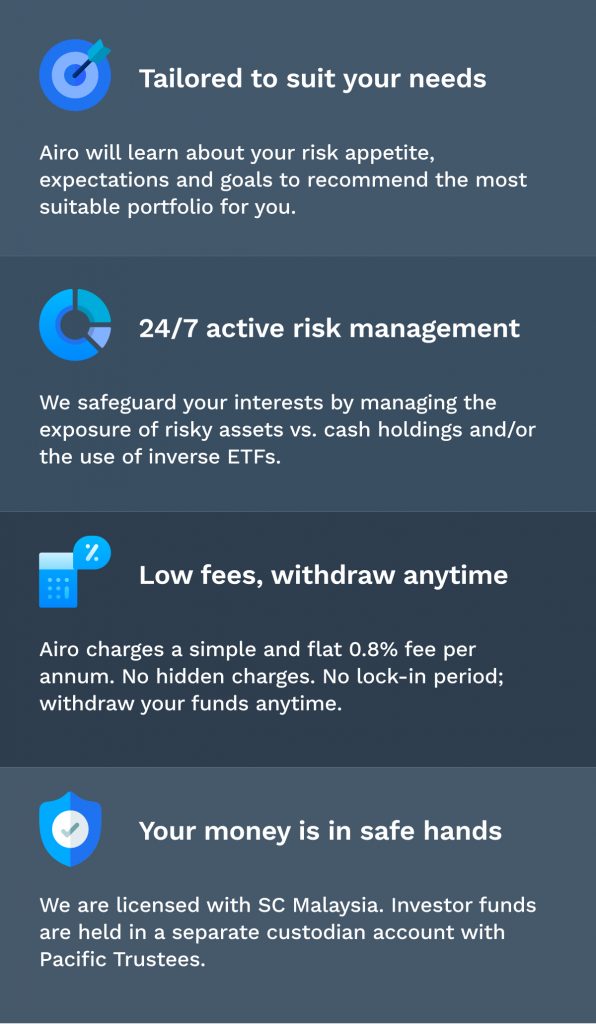Active vs Passive Investing, Which Is Suitable for You? 📈

Active investing involves picking individual stocks, bonds, or other securities with the goal of outperforming the market. To achieve this, active investors typically rely on continuous monitoring, analysis, and market timing to make their investment decisions.
Passive investing, on the other hand, involves investing in a diversified portfolio of securities that track a specific market index, such as the S&P 500. Since the goal is to achieve market returns, passive investors typically buy and hold a portfolio of securities for the long term.
In simpler terms, active investing is like choosing which player you think will score the most points in a game, while passive investing is like rooting for the entire team to do well.
Which approach is more popular?
In recent years, passive investing has indeed gained significant popularity, and this can be attributed to several factors, including the lower fees and expenses associated with index funds and ETFs. However, despite the growing popularity of passive investing, active investing has remained a popular strategy among many investors, particularly those who believe that they can outperform the market through research, analysis and market timing.
It’s important to note that both active and passive investing can be effective investment strategies and their popularity among investors often changes over time, depending on market conditions and other factors.
Since current market conditions are volatile… Is active investing the better approach?
It is true that active investing can be the better approach during times of increased market volatility because active investors can potentially capitalize on market fluctuations and generate higher returns compared to passive investors.
During times of increased market volatility, certain stocks or sectors may perform better than others, and active investors who are skilled may be able to identify these opportunities and capitalize on them. However, it’s important to keep in mind that not all active investors are able to consistently outperform the market.
So which approach is more suitable for you?
To determine which approach is more suitable for you depends on several factors, including your investment goals, risk tolerance, investment horizon, and skills. Here are some key points to consider:
Active investing may be suitable for you if:
- You are willing to devote time and effort to do market research
- You are comfortable with taking on higher risks in pursuit of potentially higher returns
- You are willing to pay higher fees for active management
Passive investing may be suitable for you if:
- You prefer a more hands-off approach to investing
- You have a lower risk tolerance and prefer to minimize the risk of picking your own investments
- You are seeking for lower fees
Ultimately, the choice between active and passive investing comes down to your personal preferences, investment goals, and risk tolerance. If you are new to investing, it’s important to understand the pros and cons of each approach and seek professional advice to determine which strategy is best suited for your individual needs.
Did you know? Airo offers you the best of both worlds.
Are you a busy person? Prefer a more hands-off approach to investing? But still want your hard-earned money to be professionally managed on your behalf?
With Airo, you can enjoy the advantages of active investing at a fraction of the traditional costs, and have all the heavy lifting done for you while you focus on your life and career!
More importantly, amid this volatile market environment, Airo’s active approach to investing could be the solution you’ve been looking for.

Have you downloaded Airo to kickstart your smarter investment journey? If not, why wait any longer? Download it today!